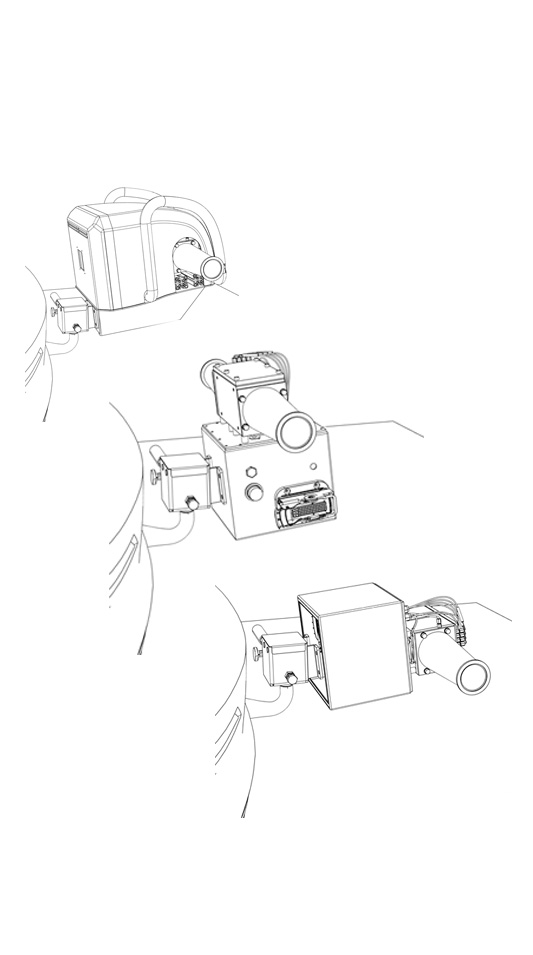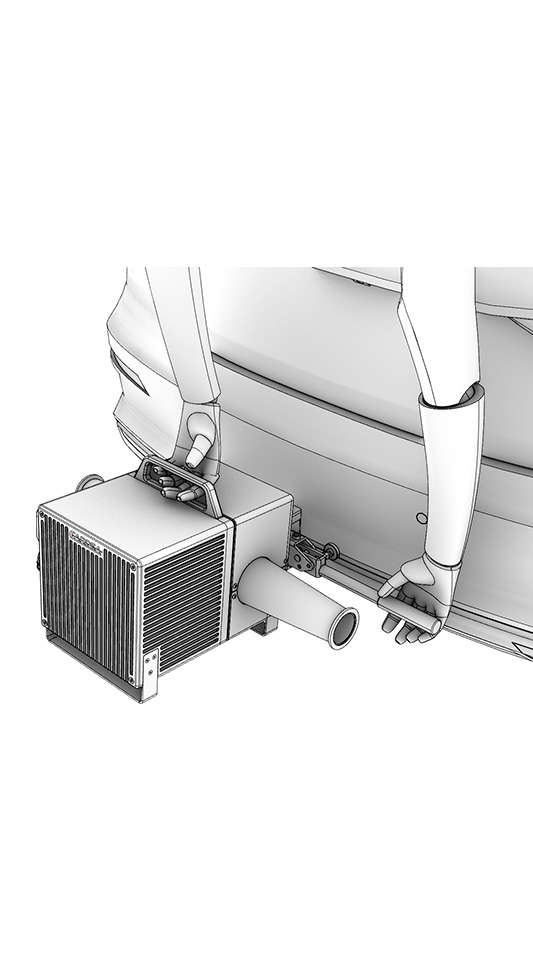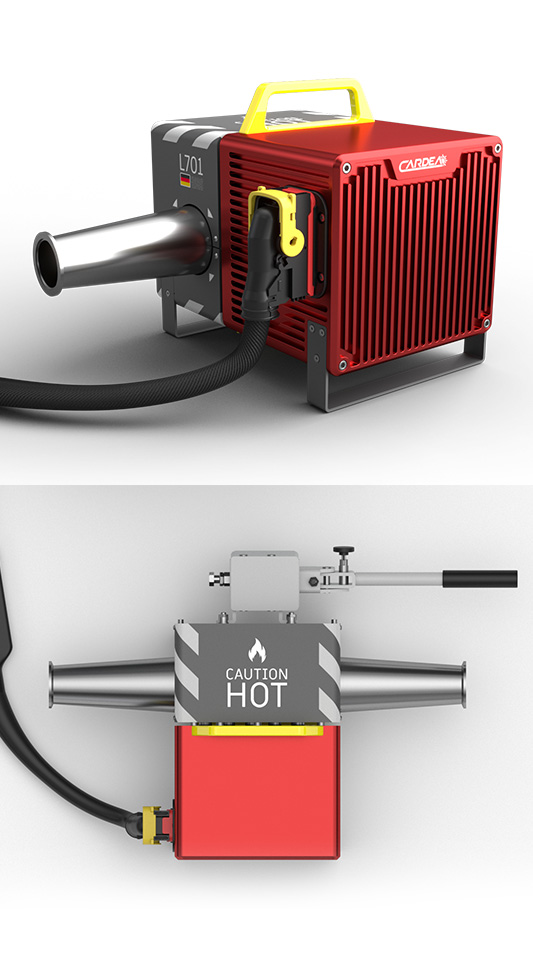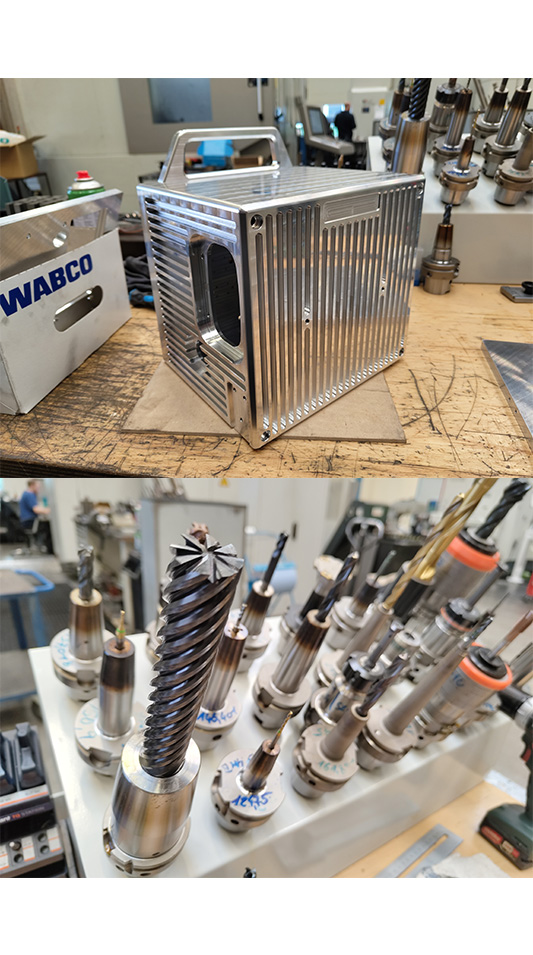Understanding challenges and opportunities
Yes, of course we started with an analysis and research
An immensely important point in design development is having a customer with an open mind—someone unafraid to listen to analyses, conclusions, and ideas, and courageous enough to consider new directions for their chosen paths. Being open to promising prospects and looking forward to exciting new encounters is crucial.
We promise to shorten the way to your destination without ever forgetting where it is and to make the journey as stimulating as possible, always keeping in mind that it is your journey and your destination.
We promise to shorten the way to your destination without ever forgetting where it is and to make the journey as stimulating as possible, always keeping in mind that it is your journey and your destination.

Package
Questions, Questions, Questions!
Questions are usually uncomfortable—especially if you don't have plausible answers.
Why is the heat source, from which the electronics must be protected, under a common cover? Why is the heaviest component furthest away from the attachment point? Are there problems with the vacuum thermoformed cover? What about the heat generated on the product? And how do I fix the product to the towbar when I need both hands to lift it into position? Of course, answers to these questions are always found, but our experience in product development usually tells us whether it is a genuine answer or an excuse.
Through this process, we identified the greatest potential for innovation in this product and massively improved its stability, installation process, and thermal management. At the same time, we simplified the structure, reduced components, and eliminated the need for active cooling by repositioning the technical functional parts—‘form follows function!’
Why is the heat source, from which the electronics must be protected, under a common cover? Why is the heaviest component furthest away from the attachment point? Are there problems with the vacuum thermoformed cover? What about the heat generated on the product? And how do I fix the product to the towbar when I need both hands to lift it into position? Of course, answers to these questions are always found, but our experience in product development usually tells us whether it is a genuine answer or an excuse.
Through this process, we identified the greatest potential for innovation in this product and massively improved its stability, installation process, and thermal management. At the same time, we simplified the structure, reduced components, and eliminated the need for active cooling by repositioning the technical functional parts—‘form follows function!’

Industrial design vs. mechanical engineering
Not just a problem solved!
I know! "We are just designers!"
But what if our work contributed to an improved product? What if we had processes that automatically lead us to excellent results? And what if we needed less time to achieve this? What if the product became cheaper to produce as a result? What if it was also easier to maintain? And what if it became even more compact?
Yes, we admit that we don't want to discuss screw dimensions or color schemes in the concept phase. OK, fine, if you really want to! Or maybe, you could put a little trust in us and our processes?
But what if our work contributed to an improved product? What if we had processes that automatically lead us to excellent results? And what if we needed less time to achieve this? What if the product became cheaper to produce as a result? What if it was also easier to maintain? And what if it became even more compact?
Yes, we admit that we don't want to discuss screw dimensions or color schemes in the concept phase. OK, fine, if you really want to! Or maybe, you could put a little trust in us and our processes?

User experience
One person installation
Many of us work on the development of new products—by people, for people.
One of our tasks as industrial designers is often to give technological products a form that ideally brings significant benefits to users and makes their lives easier. A form, a shape, has a function—just like the function of a technical advance. Everyone knows the saying ‘form follows function’, but few understand it properly; form is part of function and the technology behind it, not a chronological order in the process. Such a formal description of the technology tells the customer how to use it, clearly defining areas to touch, where moving parts are, or how to enter a product. But that is not the only function of a form. This form can also be designed to reduce the number of components, enable stacking if necessary, or save weight.
All these functions that need to be fulfilled are part of our work. Our design processes are coordinated in terms of time and content, always keeping the user central—by people, for people!
One of our tasks as industrial designers is often to give technological products a form that ideally brings significant benefits to users and makes their lives easier. A form, a shape, has a function—just like the function of a technical advance. Everyone knows the saying ‘form follows function’, but few understand it properly; form is part of function and the technology behind it, not a chronological order in the process. Such a formal description of the technology tells the customer how to use it, clearly defining areas to touch, where moving parts are, or how to enter a product. But that is not the only function of a form. This form can also be designed to reduce the number of components, enable stacking if necessary, or save weight.
All these functions that need to be fulfilled are part of our work. Our design processes are coordinated in terms of time and content, always keeping the user central—by people, for people!

Goals
Proof it!
Many goals can often be reduced to ‘the cost.’ Honestly! We love it!
Cost is an indicator of good design. The aim must be to make a product as affordable as possible for people because this will determine the success of a company. Start-ups, in particular, often hope that technological progress will open up opportunities in the market. Due to the investments already made and the higher development costs of new technology, the sales price is already high before market entry. As a potential market participant, the markets and therefore the volumes are still small. Small quantities in turn limit the free choice of production technologies and thus become a factor that does not allow development to realise its full potential.
In this situation of financial risk, however, it would be a big mistake to do without design. Not making the advantages of the product visible - the technical innovation, the high quality, the user-friendliness, the flawless function, etc. - will not prove to be an economic advantage. The already small market will shrink even further. We are not economists - but we have often been confronted with these limitations in our work, and not just by brand newcomers. From the first contact, we take these arguments seriously and plan the project accordingly to ensure you get the most out of our work.
Our working methods and processes have already enabled several of our clients to acquire customers or find new financing options before the start of production using the renderings we have generated as an interim result. Your commercial success through our collaboration is always our motivation and our goal.
Cost is an indicator of good design. The aim must be to make a product as affordable as possible for people because this will determine the success of a company. Start-ups, in particular, often hope that technological progress will open up opportunities in the market. Due to the investments already made and the higher development costs of new technology, the sales price is already high before market entry. As a potential market participant, the markets and therefore the volumes are still small. Small quantities in turn limit the free choice of production technologies and thus become a factor that does not allow development to realise its full potential.
In this situation of financial risk, however, it would be a big mistake to do without design. Not making the advantages of the product visible - the technical innovation, the high quality, the user-friendliness, the flawless function, etc. - will not prove to be an economic advantage. The already small market will shrink even further. We are not economists - but we have often been confronted with these limitations in our work, and not just by brand newcomers. From the first contact, we take these arguments seriously and plan the project accordingly to ensure you get the most out of our work.
Our working methods and processes have already enabled several of our clients to acquire customers or find new financing options before the start of production using the renderings we have generated as an interim result. Your commercial success through our collaboration is always our motivation and our goal.

Industrial design
Prototyping
The role of a prototype is often interpreted differently, but we use it as an important part of the development process, especially to keep iteration loops short.
In the project presented here, the procurement of the prototype was part of our assignment. The extensive task assigned to us gave our customer a decisive advantage. Thanks to our way of working, we are already in discussions with manufacturers and our in-house engineers in the concept phase, so that we could consider several component optimizations in the first implementation phase. In this project, this enabled us to reduce production costs and assembly time, as well as simplify the service process.
Thanks to our well-thought-out processes and the early involvement of the manufacturers, we were able to achieve this cost-saving realization without extending the development time.
In the project presented here, the procurement of the prototype was part of our assignment. The extensive task assigned to us gave our customer a decisive advantage. Thanks to our way of working, we are already in discussions with manufacturers and our in-house engineers in the concept phase, so that we could consider several component optimizations in the first implementation phase. In this project, this enabled us to reduce production costs and assembly time, as well as simplify the service process.
Thanks to our well-thought-out processes and the early involvement of the manufacturers, we were able to achieve this cost-saving realization without extending the development time.


 FOR A BETTER EXPERIENCE
FOR A BETTER EXPERIENCE